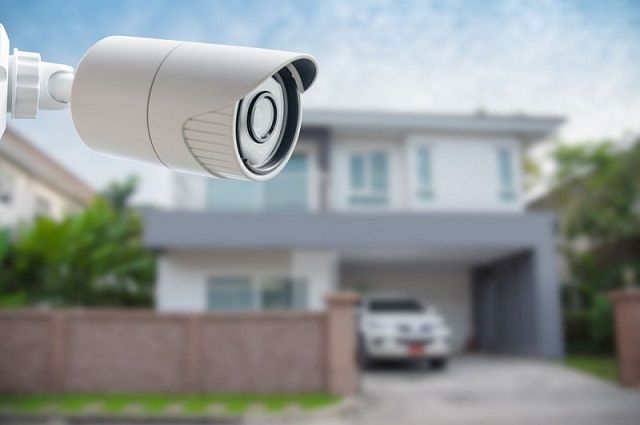CCTV technology is a technology that uses video cameras to transmit signals to specific locations to view and monitor a limited number of people. You may be wondering what exactly CCTV is and what does CCTV stand for in England? To learn more about CCTV and what it does, keep reading this article.

Table of Contents
ToggleWhat does CCTV stand for?
CCTV stands for CLOSED CIRCUIT TELEVISION in England, and the term CCTV is a technical term for protection systems. These systems differ from broadcast systems in that they do not explicitly transmit the signal, although they may differ from point-to-point (P2P) or point-to-multipoint systems, Or use wireless mesh links.
Almost all cameras that meet this definition are referred to as CCTV and are mainly used for surveillance in areas where surveillance may be required, such as banks, gold shops, airports, offices, military departments, and in stores, homes, etc. In the following, we will explain the history of CCTV and different types of it.
The history of CCTV
The inventor of the CCTV camera is Walter Bruch. The CCTV system was first installed by Siemens in 1942 to observe the launch of the V2 rocket at Peenemünde, Germany, the famous German engineer Walter Bruch was responsible for the design, installation, and operation of the system. The first commercial video surveillance system was introduced in the United States in 1949 as the Vericon.
How does a CCTV system work?
Video surveillance cameras or CCTV cameras can take pictures and recordings for surveillance or other private purposes. The camera is either a video camera or a digital still camera. Basically, a CCTV system consists of four main components: camera, monitor, lens, and video recorder and DVR.
The camera is the main part because it collects the images. The best thing about CCTV systems is that they can use two or more cameras. As we said, they work just like normal video cameras, however, they have various exclusive features. For example, they come with quality displays that make them work on their own.
The camera comes with a motor to help move the zoom details. After the camera takes a picture, it shoots it for monitoring and then records it to a videotape or digital video recorder DVR. The zoom capability of CCTV cameras is determined by the lens type.
It also uses wireless transmission to transfer images to the monitor. As soon as the image appears on the monitor, send it to a videotape or video recorder. CCTV cameras also have zoom-in and zoom-out functions depending on the type of lens.
Different types of CCTV
In the previous article, we talked about CCTV Maintenance. To get better acquainted with CCTV, we will look at their types in terms of body and appearance. In general, CCTV cameras are divided into four types in terms of appearance:
Miniature Cameras
Miniature CCTV cameras with the size of a matchbox, are the most common type of hidden CCTV camera.
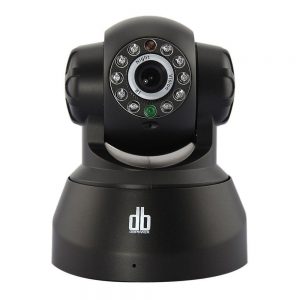
Dome Cameras (Indoor)
Dome Cameras or Indoor CCTV is designed for the interior parts of buildings like parking lots, shops, passages, service centers, etc.
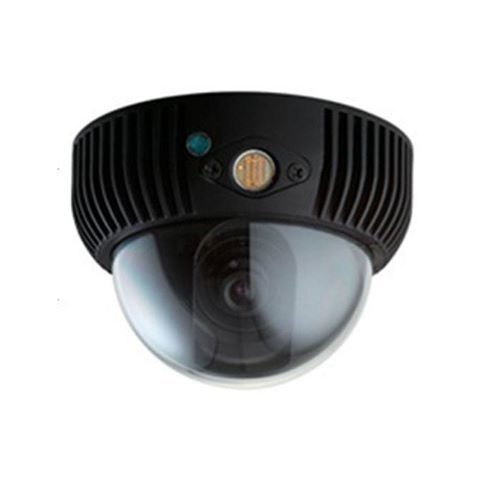
Bullet Cameras (Outdoor)
Bullet CCTV cameras are suitable for outdoor use based on their appearance and are not suitable for indoor installation, and the reason for this incompatibility is due to the lack of visual beauty of indoor installation and the bulletproof feature.
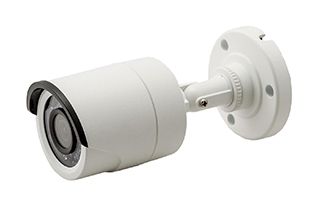
PTZ Cameras
You may have seen this type of camera on hemispheres, which are hemispherical, for traffic control on highways and highways. Surveillance cameras with 360-degree horizontal and 180-degree rotational power can rotate at adjustable speeds, and can also capture distant points through high-quality optical zoom.
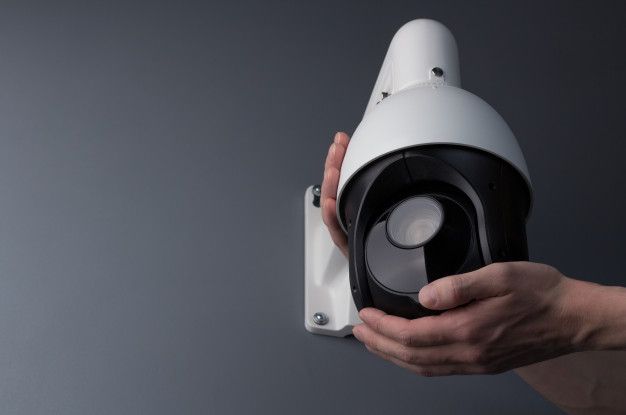
Final words
CCTV images can serve one or more primary purposes, such as protection and security, traffic control, management and monitoring, education and research. To know more, read our article How can make a place secure?.
The use of CCTV cameras has advantages. Some advantages of CCTV are; centralized monitoring and control of many different locations, recording camera images for use and verification at other times, the ability to control the camera at a distance, the ability to use multiple cameras in controlled locations, and centrally manage all the cameras from one location, and the ability to install these cameras inside and outside the building.
Installing security systems in the UK is getting more popular. In addition to the increase of CCTV production technology, due to the great competition among manufacturers of these products, in addition to improving the quality of cameras, the price of CCTV cameras should also decrease to provide space for all to install CCTV.

